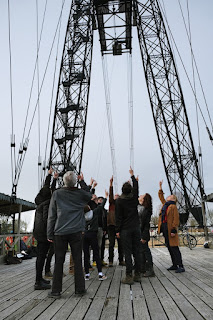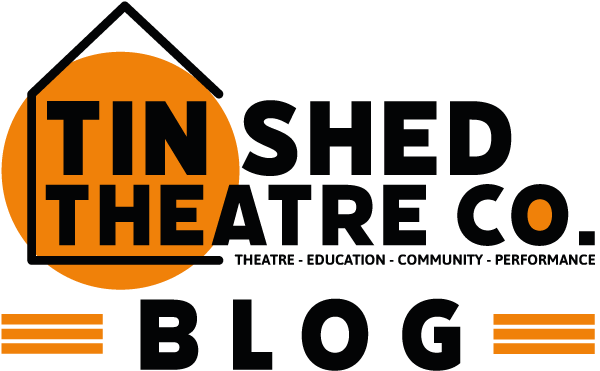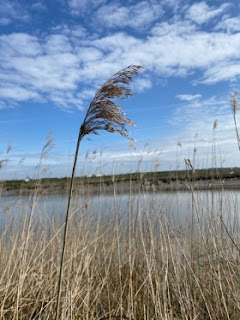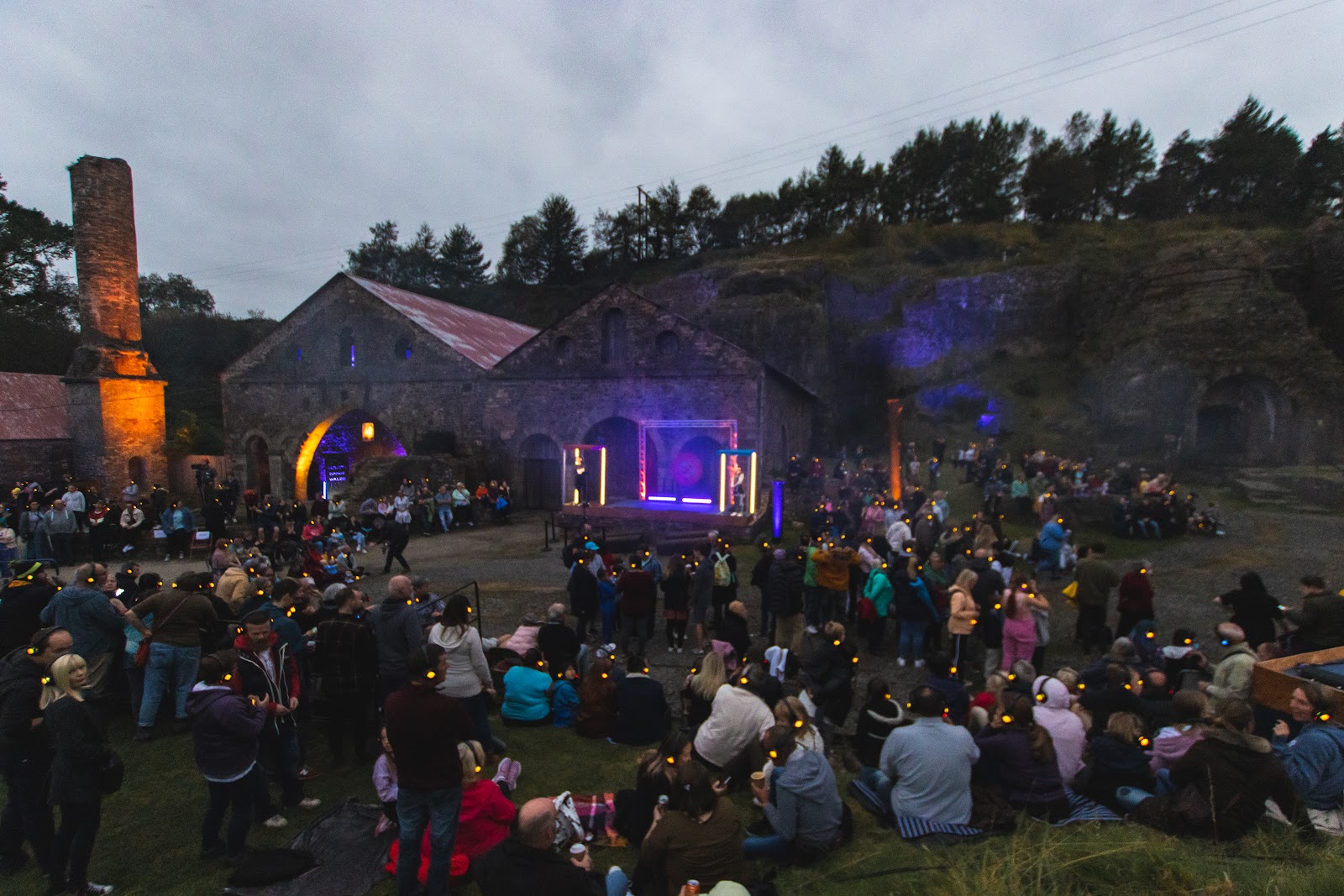Initially inspired by our work back in 2018 with our re-telling of Moby Dick on the Newport Transporter Bridge.

I remember the revelation that there were more of these structures across the world, and the team at the time audibly daydreamed of what it might be like if we toured these places, making more shows, in different languages… Well here we are.
This whistle stop tour brings us back to Rochefort, France, thanks to a British Council awarded travel grant as part of this year's Welsh Government programme, Wales in France.
To date, Tin Shed have worked alongside collaborating artists from Wales & France, exploring the tall tales & local heritage of these incredible structures, investigating through our artistry, who connects or disconnects from them, how we respond as creatives to this & what are the stories we are interested in telling and who, more importantly, are we.
Last year we explored an initial concept of mapping and storytelling, watch the documentary here
As a company Tin Shed uses a key collaborating ingredients list in order to co-create the work. This often begins with a place and the land stewards or managers of that location, building, monument or landscape. Then the people or communities connected or disconnected from that specific location & then the professional artists surrounding them. We sometimes find that these things interconnect and in many cases are surprised by who becomes our company & what the story is we are trying to tell. But it is always organic.
The stories we tell are unique & varied, inspired by those who collaborate with the company, or sit next to us on a train.
Firstly, before I reminisce too much about the truly inspiring experiences I’ve just had, I want to talk a little bit about working internationally as an artist or company that self-produces. I must add, that at present TSTC are not a core funded organisation, therefore we rely on project funds to see us through our work, often meaning that a lot of the heavy partnership graft happens outside of the allotted ‘project’ time. We hope, soon, that this will change.
Initially, I know we were apprehensive to make work internationally.
Back in 2014 we toured America with some of our fringe performance work and although feeling hugely adventurous and ambitious, there was certainly a safety in language & communication.
This becomes far more difficult to negotiate when you don't have the ability to communicate freely in a shared language and the presence of bilingual producers and artists are key to the development process.
It's actually surprising how well people can communicate when language is broken, it's certainly inspired the work we are developing in France & fortunately, as a company we always consider the accessibility of sharing our work, and think deeply about language & how we communicate with our audiences.
Having said that, this time, we are working across a total of 6 languages.
Welsh, English, French, Patois Charentais, Spanish & Basque.

Supporting Art & culture, in my opinion, the French do it incredibly well, in France it is embedded, accessible, celebrated & held equally.
Using Rochefort as an example. They have La Maison du Gardien. This little house, solely used to accommodate artists, was once a military hairdressers, situated on the grounds of the council offices, a stone's throw away from La Boit, a small, black box performance space.
Artists are welcomed here on a residency, with open access to the performance and rehearsal spaces, a house to live in & cultural officials on hand to guide them & see their work. This enables everyone to become fully invested, integrated & fully informed part of the artist's process; to be able to articulate the work & to help it grow.
France also has the CNAREP network, financially supported by the Ministers of Culture & French Government, these are the Centers for national street arts and art in public space.
There are a total of 13 of these across the country, all of which have their own identity but are deeply rooted in providing accessible spaces for creation & sharing for artists and audiences.
Culture is valued as a crucial & vital part of daily life in France, therefore the role of the artist is held in high esteem, in this way it is always part of the bigger conversations.
I often wonder, what would Wales look like if it was supported culturally in this way? hosting international collaborations, sharing language, skills & artistry.
Surely that would make for a more culturally diverse & inclusive landscape? A series of centres across the country specifically dedicated to the development of artists, not just venues, but artist led buildings & spaces,, financially supported by Arts councils & central government to encourage the creation & interrogation of new work.
I often think, what do people need in order to be at their creative best? It's definitely not a one size fits all, but sometimes a bit of cash, time, a roof, space to chat and connect, a warm welcome and a place to stay goes a long way, and most venues could do better to ensure they are creating paid space and time for artists to make art that doesn't involve lengthy applications & short term offers, this is about long term relationships & continued developmental support that can come in all shapes and sizes. From the use of printing facilities, to time with a producer, from free hot drinks and desk space to rehearsal rooms, it all helps.
It feels like Tin Shed are scratching the surface with this and our work on www.theplacenewport.com is definitely a start.
Working internationally & you are inevitably dealing with Brexit. There’s little point going into detail about the hugely detrimental impact this has had on arts moving in and out of the UK.
However I do remember saying to a fellow creative ‘‘We’re exploring some international work” and they said, ‘Well you’ve picked a great time for that’ … *Sigh*
I digress.
Back to our time in Rochefort, a small but mighty team of collaborators.
Angharad Evans, Tin Shed’s Producer of Participation and Welsh Language advocate, Giles Bennett, projection artist & photographer, & myself.
We were greeted like old friends, with the offer of dinner at one of the performers houses, free tickets to see work sharings at La Boit & a planned workshop with the company of local performers, all arranged for us.
We spent the subsequent days landing, exploring, playing, planning, meeting & workshopping.
France is an interesting place to be at the moment, it feels like walking into a sunny storm.
There is a gnarly bubbling of civic unrest due to recent policy changes by Macron for the pension and retirement age. This means protest, and hence our travel delays. It felt right to be present for the local protest, and right to acknowledge this conversation during our time here.
The protest felt intergenerational and a coming together of people from all ages to consider the impact of these policy changes on their lives. As we looked on, across the square surrounded by the calmness of many french cafe dwellers drinking espresso and smoking long cigarettes we wondered over our personal experience of protest and how this felt filmically picturesque and generationally united.
Walking the riverbanks in and out of town, to and from the bridge we became inspired by the movement and feather like shapes of the reed tops that littered the pathways between the charente & the walkways, exploring the disused concrete structures along our journey we discussed populating these as performative platforms and dreamt of using boats.
“Mais Oui! This is possible, yes?” …. And, one sharp intake of breath later, I tell them
… “I’ll try”
Our week ended in seeing a wonderfully macabre sharing at La Boit from a local team of artists exploring using the mud of the Charente River in performance, with gorgeous side lighting capturing a bespoke paper costumed pieces, with minimal dialogue and hugely skilled physical work, this short piece was beautifully crafted.
Moving on to Bordeaux for the weekend, bidding farewell to the team in Rochefort.
There were moments of pure revelation and those too of grounding realism.
Landing in Bordeaux we met with Nico Edant, a French Lecoq trained performer, who is linked through his ancestry to the original architect of the Transporter Bridge in Bilbao. We spoke with him about his family's history & the similarities between the protected languages of basque & Welsh. Nico and Angharad spoke deeply about the ancestral trauma that permeated their lives with their families' relationship in speaking their mother tongues.
Here is some of Nico’s performance work.
We headed across town to the Bassins de lumiere, a WW2 giant submarine bunker in the bastide region of the city to explore the use of projection mapping in their latest Dali & Gaudi exhibitions.
We were all taken by the grandeur of many moments immersed in the space and particularly how enveloped we all felt in the chasmous environment although surrounded by hundreds of chattering strangers.
We spent our final evenings in the city feeling very full, and once again, inspired by all of the new relationships we had made, but all those pre-existing that now felt nourished and nurtured.
There are some great ideas… too many probably, but with a planned final residency moving to Bilbao in September and a return to Rochefort later in the month to tie it all together, we think we’re heading somewhere ridiculously and adventurously exciting.
Ending our week, we return to Wales, feeling a bit blughghggh …. Assuming a case of post trip blues, but returning to the rain with our bodies feeling unseasonably warm, a few lateral flows later confirmed it, we all have covid.
So as I sit in my hazy covid stupor, surrounded by sleeping dogs, tissues & even more tea, I'm
enjoying imagining where this work might go.
Diolch yn fawr to British Council, Wales Arts International, Rochefort CARO & Tec-Tap for supporting
the work to date.
And thank you for reading.


























